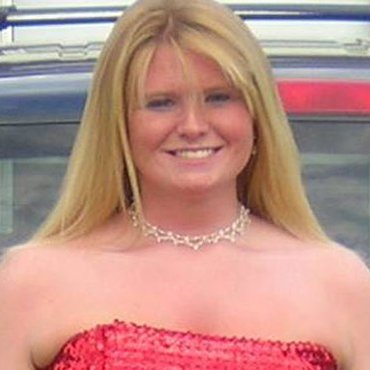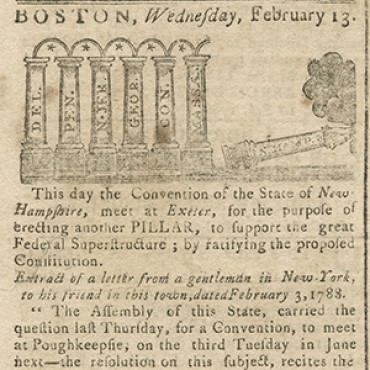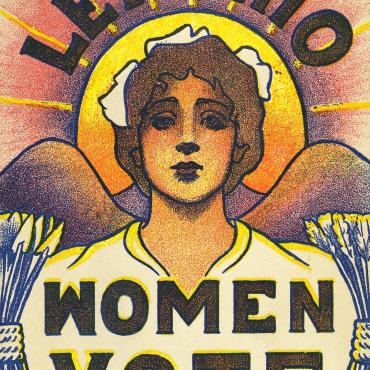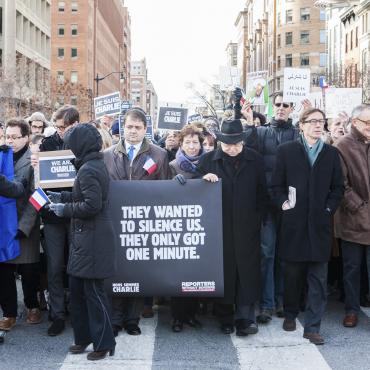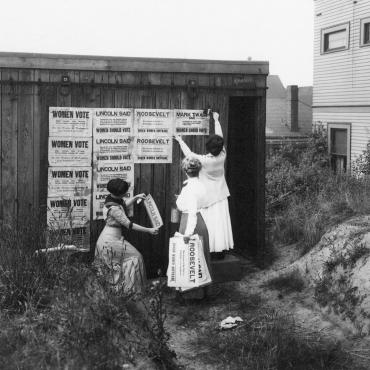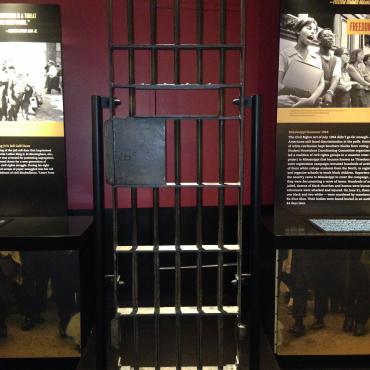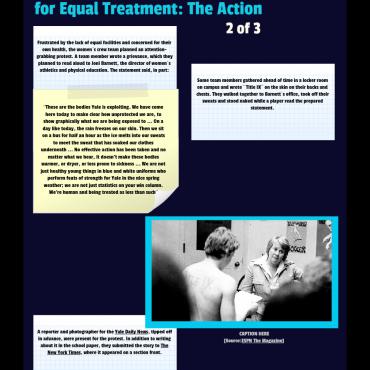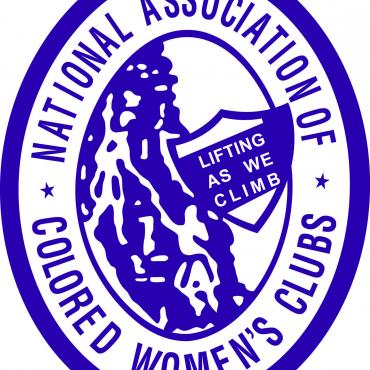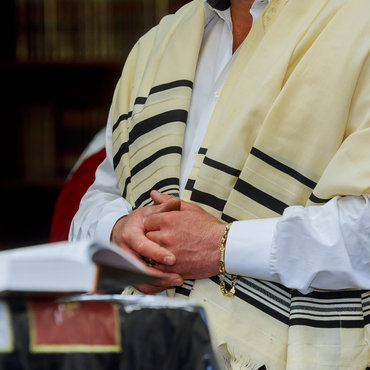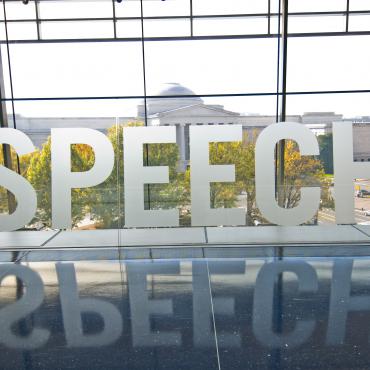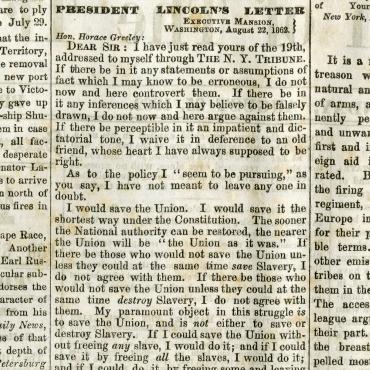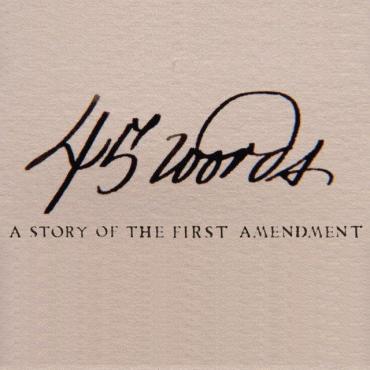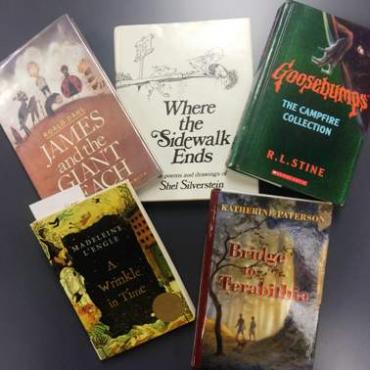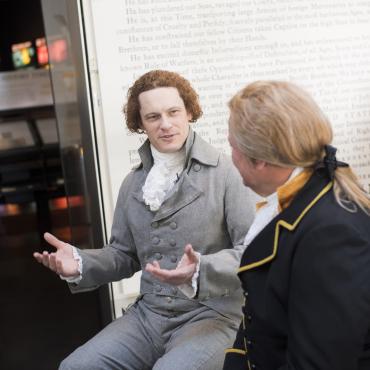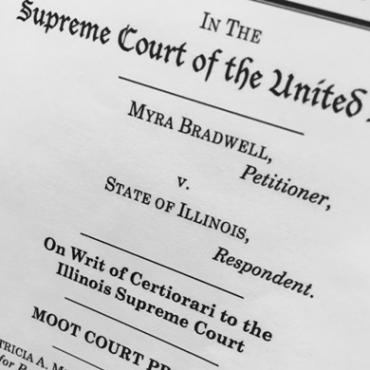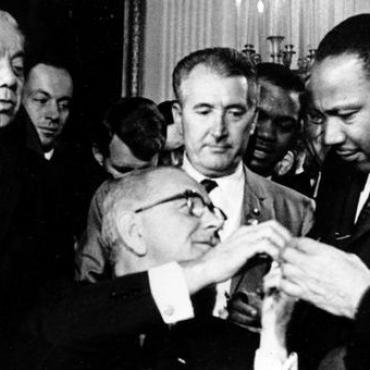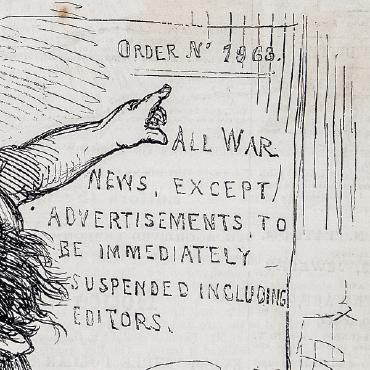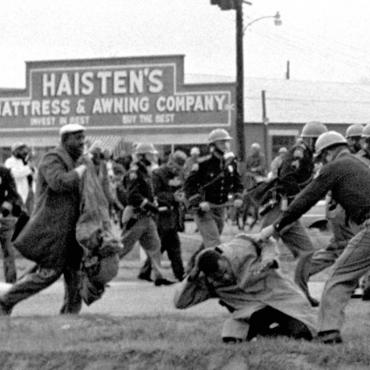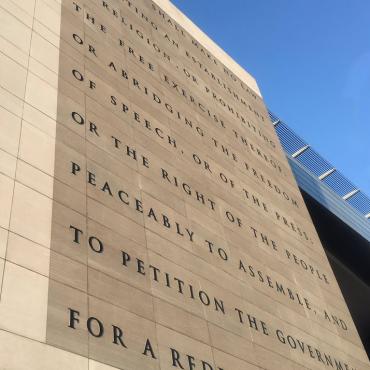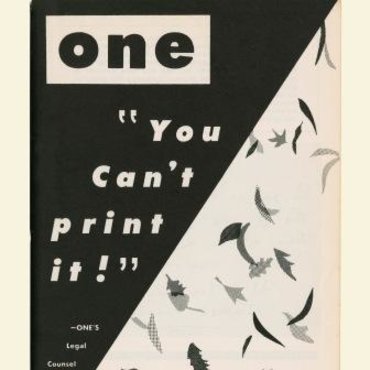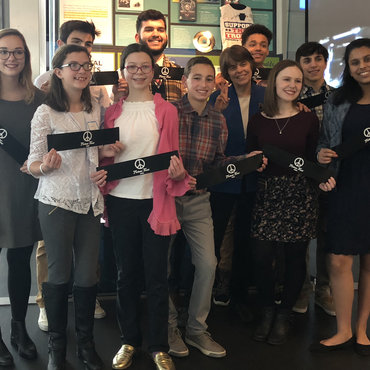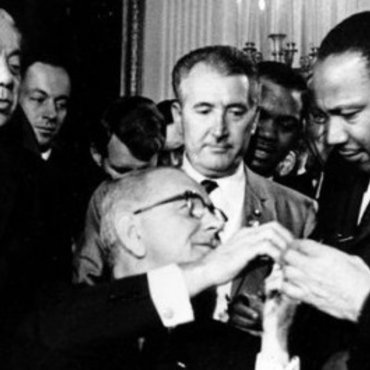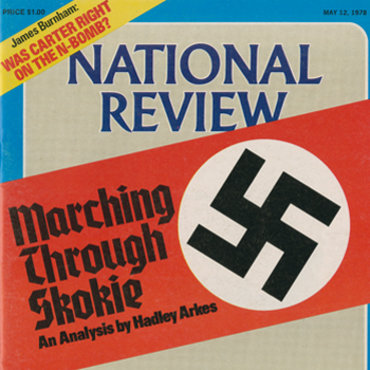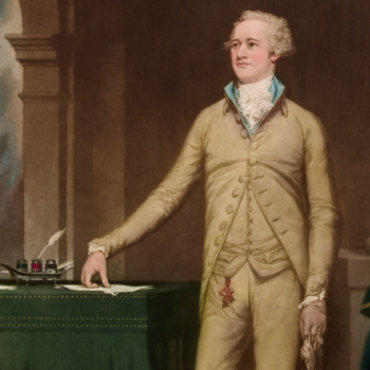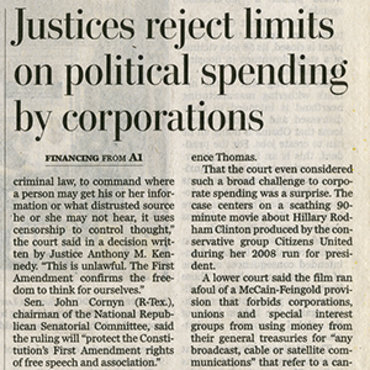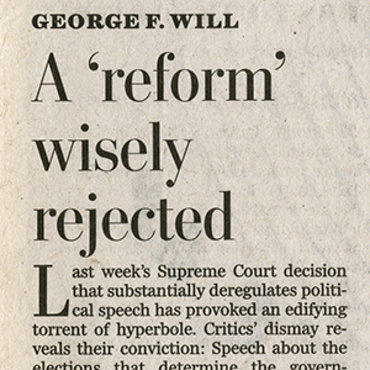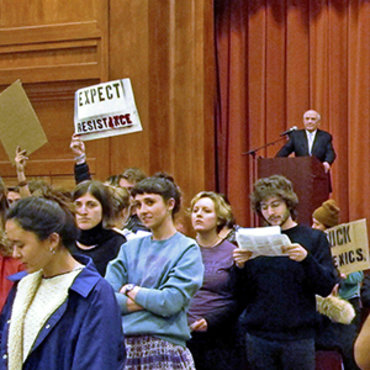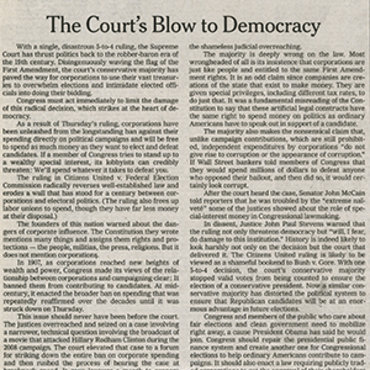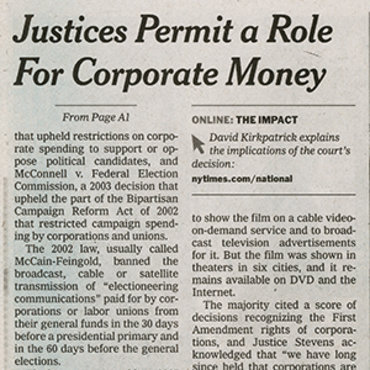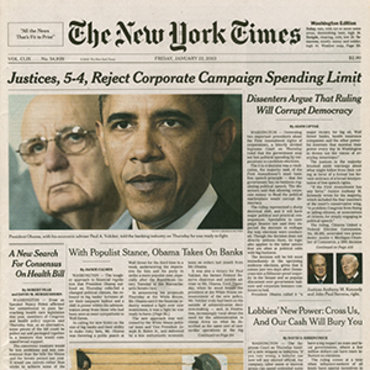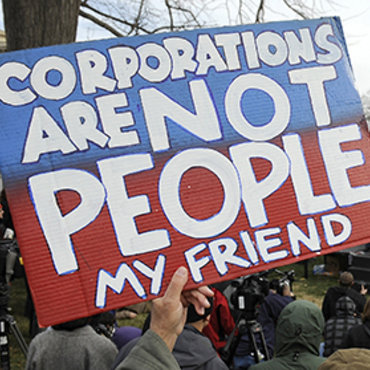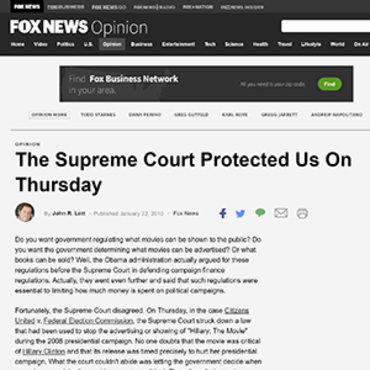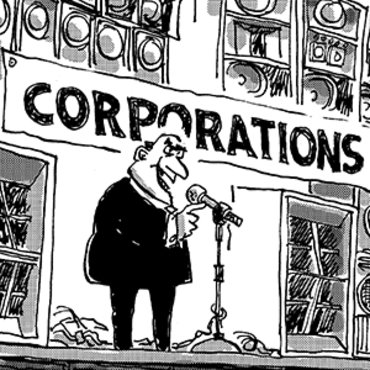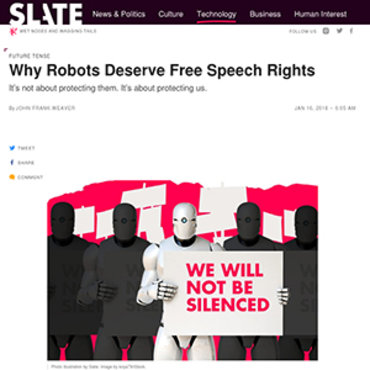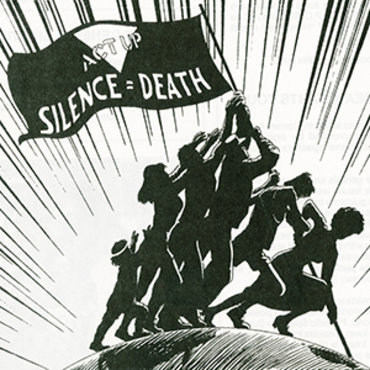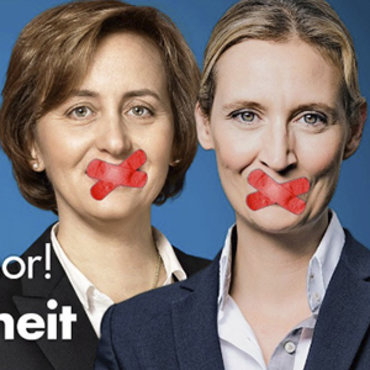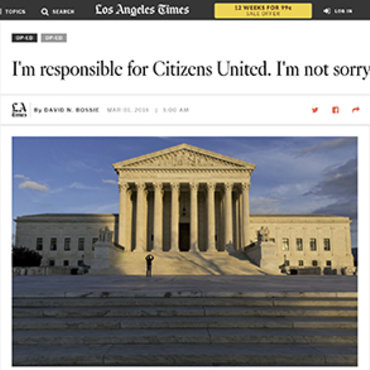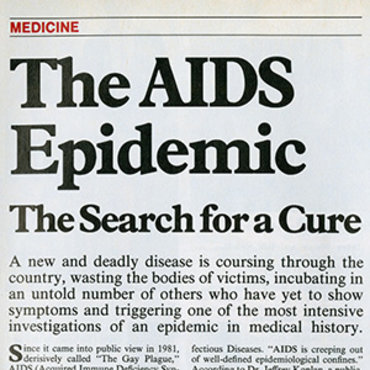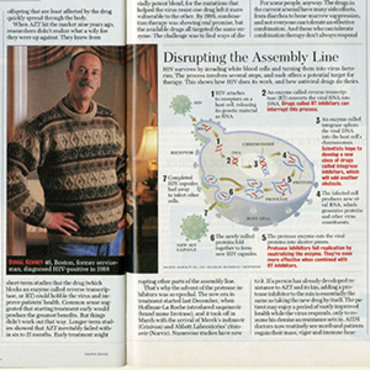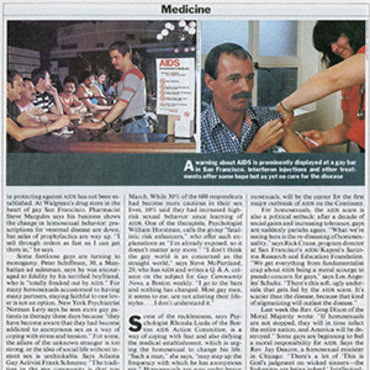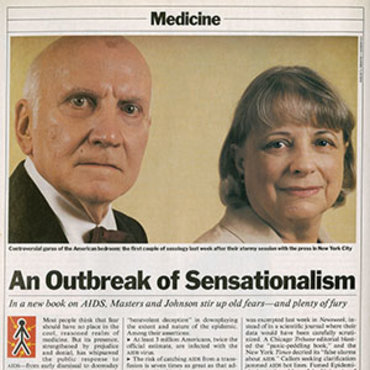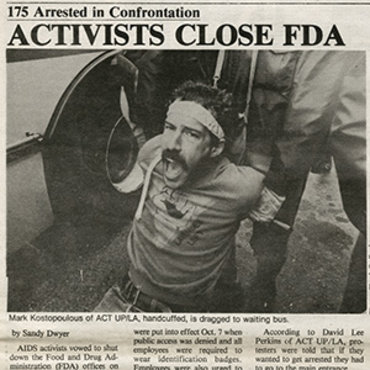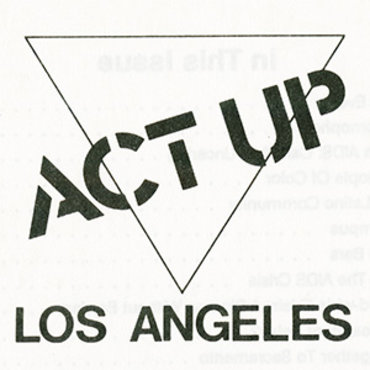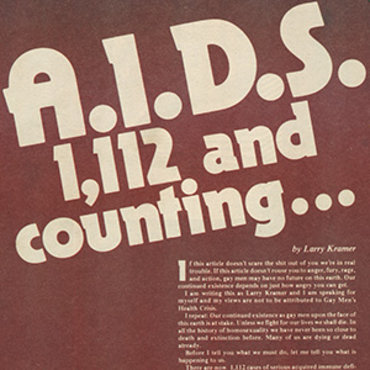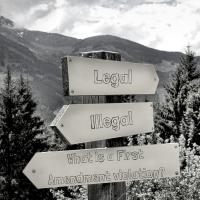
Lesson Plan
Introduction to the First Amendment: What’s a Violation?
Students apply their knowledge of the First Amendment to specific scenarios to determine when those freedoms are protected and when they are not.
Get even more great free content!
This content contains copyrighted material that requires a free NewseumED account.
Registration is fast, easy, and comes with 100% free access to our vast collection of videos, artifacts, interactive content, and more.
Sign Up
?
NewseumED is provided as a free educational resource and contains copyrighted material. Registration is required for full access. Signing up is simple and free.
With a free NewseumED account, you can:
- Watch timely and informative videos
- Access expertly crafted lesson plans
- Download an array of classroom resources
- and much more!
Duration
30-60 minutes
Topic(s)
- Constitution
Grade(s)
- 3-8
- Tell your students you’re going to talk about the First Amendment. Ask if they can name and define each of the five freedoms, and give examples of ways they exercise each freedom. Write the five freedoms on the board and make sure your students understand what each one means:
- Religion – You can believe what you want, belong to any religion or no religion.
- Speech – You can voice your opinions using words, symbols or actions.
- Press – The government cannot censor information in newspapers, online news sources, TV news broadcasts, etc.
- Assembly – You can gather in a group.
- Petition – You can criticize the government, and you can complain about policies that affect you negatively and ask for change.
- Then, ask students if these freedoms are protected in all situations or could there be exceptions? What about at home? In schools? In newspapers?
- Now tell the students they will review different situations related to the First Amendment freedoms and decide which scenarios show a violation of First Amendment freedoms and which do not.
- Divide class into four groups. Distribute the scenarios to each student and one worksheet to each group. Ask the students to read the scenarios for each First Amendment freedom and vote as a group on each one. Assign one student to compile the student answers on the worksheet.
- Once the groups have completed the worksheets have them present their answers to the full class.
- First Amendment Scenarios handout and What’s A Violation? worksheet (download), one per student or small group
- Answer key (included in the lesson plan download)
- Were their differences of opinion among the groups? Prompt students to defend their reasoning.
- Do they see patterns of what is protected by the First Amendment and what isn’t? Use the answer key to support additional discussion.
-
Common Core State Standards: CCSS.ELA-LITERACY.CCRA.R.1
Read closely to determine what the text says explicitly and to make logical inferences from it; cite specific textual evidence when writing or speaking to support conclusions drawn from the text. -
Common Core State Standards: CCSS.ELA-LITERACY.CCRA.SL.1
Prepare for and participate effectively in a range of conversations and collaborations with diverse partners, building on others' ideas and expressing their own clearly and persuasively.
-
National Center for History in the Schools: NCHS.Historical Thinking.5
A. Identify issues and problems in the past. B. Marshal evidence of antecedent circumstances. C. Identify relevant historical antecedents. D. Evaluate alternative courses of action. E. Formulate a position or course of action on an issue. F. Evaluate the implementation of a decision.
-
National Council of Teachers of English: NCTE.12
Students use spoken, written, and visual language to accomplish their own purposes (e.g., for learning, enjoyment, persuasion, and the exchange of information).
-
Center for Civic Education: CCE.V
A. What is citizenship? B. What are the rights of citizens? C. What are the responsibilities of citizens? D. What civic dispositions or traits of private and public character are important to the preservation and improvement of American constitutional democracy? E. How can citizens take part in civic life?
